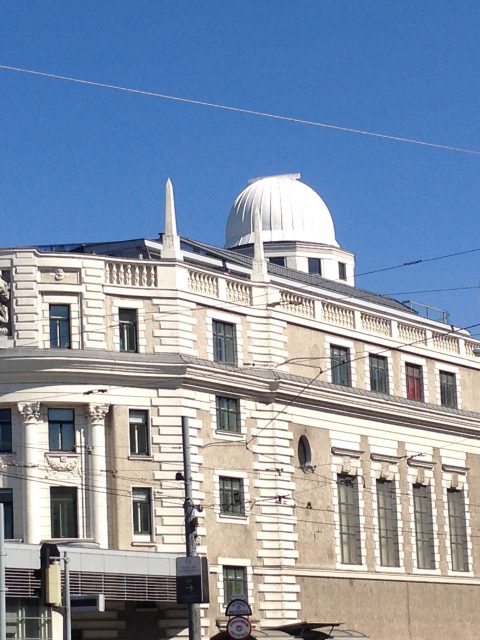“RED VIENNA” 1923-1933: EDUCATIONAL REFORMS

Vienna Urania, built in 1910 by the architect Max Fabiani as a “Workers’ University”
The cultural and educational policy was dedicated to pedagogical experiments. The city of Vienna carried out six model experiments for a general school for all 10- to 14-year olds in order to break up the educational privileges of the well-to-do. The educational policy for primary schools heavily relied on the principle of the then new and revolutionary Montessori concepts: free provision of schoolbooks and equipment, creative and practice-oriented learning. The Pedagogical Institute was founded to train teachers and link teacher training to scientific research. The competing schools of experimental psychology, individual psychology and psychoanalysis were represented there. Vienna developed into the centre for developmental psychology and developmental therapy with the foundation of the Viennese Psychological Institute, where Charlotte and Karl Bühler worked.
In the 1920s and early 1930s a gigantic educational and pedagogical movement characterised Vienna which could not be found in any other city in those days. Ellen Kay called Vienna “the capital city of the child”. In this place a variety of educational and pedagogical concepts were developed, public and private initiatives and institutions abounded. All this would not have been possible without the development of Freud’s psychoanalysis and Alfred Adler’s “psychology of the individual” Education was seen as a complex concept and had the highest priority, not only in the family, schools and day care centres, but also in cultural, sports and leisure clubs and party organisations.…
